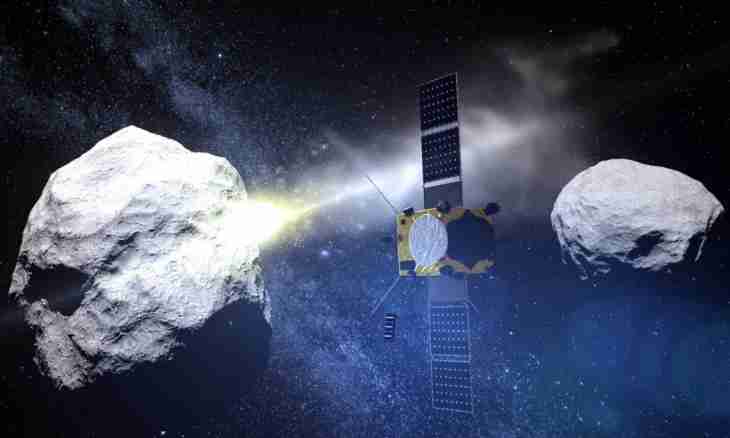Mysterious beauty of the star sky fixed eyes of people still in the ancient time. How many myths, legends and exercises generated small flickering diamonds! With development of science and technology the mankind gained some experience on studying heavenly bodies, people learned to calculate stars, to distinguish some from others, to learn their age.
Instruction
1. Emergence of astrology as sciences shed light on many dark conjectures. In spite of the fact that people in a popular speech call all small shining points in the clear sky stars, this definition belongs only to a certain group of heavenly objects. The star is a massive celestial body which radiates or reflects light and exists at the expense of reactions thermonuclear synthesis.
2. A typical star – the Sun in the field of which influence, there is Earth, respectively, stars can have gravitational field. Around the Sun other planets and bodies of a system rotate.
3. The star, unlike other celestial bodies, represents the concentrated congestion of gases and sets of chemical elements. This object constantly is in a stage of development and radiates huge amount of heat and energy due to which there are planets in the system of this star.
4. The sun or any other star is in the center of a single galaxy and is a key link in creation of solar or other system. All planets and bodies rotate around the orbits and around a star.
5. The asteroid, unlike a star, is rather small body with a small weight and volume. It consists in most cases of one or several mineral or metal breeds, and therefore has most often irregular shape. Asteroids, as well as other planets of the galaxy, rotate around a star.
6. In certain cases, when force of an attraction of the next planet is big, the asteroid can descend from the trajectory and fall to the surface of the planet. The protective field of Earth in the form of the atmosphere has property to weaken falling speed, and friction force about air burns the coming celestial body. In isolated cases the splinters of celestial bodies reach the Earth's surface. This phenomenon attracts general interest, as in a case with the Chelyabinsk meteorite.
7. Asteroids did not distinguish long time from stars, even the name came from Latin "similar to a star". In 2005 many asteroids considered minor planets, however in 2006 the decision to consider asteroids celestial bodies, which diameter more than 30 meters, but less than 900 kilometers was made. The size and structure – here the main differences of stars and asteroids. However, unlike an asteroid which it is conditionally possible to call a dead body a chip of the planet, a star evolve, they can grow and collapse.
8. Visual difference of an asteroid from a star — in luminescence brightness: you will not be able to look unaided eyes at the next to us a star — the Sun whereas the rushing asteroid can be subject to observation.

